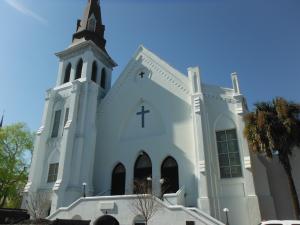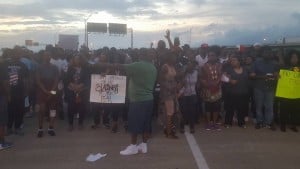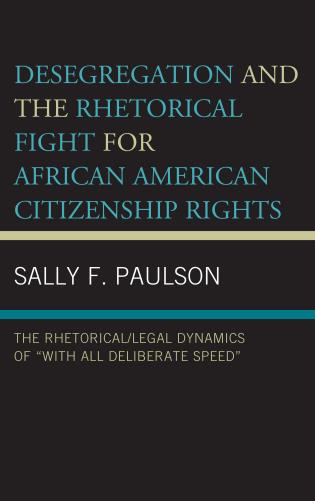 by Andre E. Johnson and Earle J. Fisher
by Andre E. Johnson and Earle J. Fisher
On June 17, 2015, white supremacist Dylann Roof walked into Mother Emanuel African Methodist Episcopal Church (AME) in Charleston, South Carolina, with a .45 caliber Glock handgun while members were having their Wednesday night bible study. After sitting through the mid-week bible study, near the close of the meeting and after praying with them, Roof shot and killed Cynthia Marie Graham Hurd, Susie Jackson, Ethel Lee Lance, Reverend Depayne Middleton-Doctor, Tywanza Sanders, Reverend Daniel Simmons, Reverend Sharonda Coleman-Singleton, Reverend Myra Thompson and the church’s pastor and state senator Reverend Clementa C. Pinckney. The ages of the victims ranged from 26 to 87. Early the next day, police apprehended and arrested Roof in Shelby, North Carolina. During the interrogation, Roof confessed to the mass murder, hoping to start what he called a “race war.”
Sadly, this was not the first time that tragedy found itself at Mother Emanuel’s door. After its founding in 1816, Mother Emanuel became a site for resistance and two years after its founding in 1818, authorities arrested Reverend Morris Brown and other ministers for “facilitating black services without white supervision.” Later, Denmark Vesey began to hatch a plan that would free enslaved people. Grounded in a theology of liberation and arguing that slavery was wrong in the eyesight of God, Vesey plan was to liberate the enslaved through a violent revolt. When authorities discovered his plan, after other enslaved people leaked the plot to their enslavers, they executed Vesey and his coconspirators and burned the church to the ground. Members rebuilt the church in 1834, but South Carolina soon outlawed all black churches in response to the Nat Turner insurrection. During this time, members continued to worship in secret, and the church joined the famed Underground Railroad. In 1865, the church formerly reorganized with the help of Denmark Vesey’s son, Robert. Tragedy would hit Mother Emanuel once again in 1872 when an earthquake leveled the church. Members again rebuilt and, in 1886, the church moved to its current location on Calhoun Street.
Read the rest here.











